7 Things to Consider When Buying a Rug
There are an infinite number of rugs to choose from, so how can you possibly find one that meets all of your needs? James Royce is here to make that process a little easier.
1. Pile Height
First, consider the pile height. Generally, 1/4” is low, 1/2” is medium, and anything 3/4” and above is high, plush, or shag. While there is something luxurious about walking through soft, tall rugs, the pile length is not the sole indicator of a rug’s quality or cost.
Rugs with longer piles are harder to clean and may get tangled up in some vacuums. Rugs with shorter piles have longer functional lifespans and do best under furniture, especially if you rearrange often and don’t want pronounced dents.
You also have to keep in mind the clearance your door needs to open and close properly.
2. Size
The standard dimensions for living and bedroom area rugs are 8×10 and 9×12, but there are a variety of other sizes.
Your room and layout should dictate your rug’s dimensions. General interior design advice states that an area rug should extend past the front legs of your furniture without touching the wall. There are a lot of suggested dos and don’ts when designing your spaces. They are not firm rules, but they are tried-and-true methods to make your home look full without feeling cluttered.

Jess Bungle, editorial director for Style by Emily Henderson, lays out a large swath of these suggestions, but the sum of it is, give your space breathing room. Don’t overwhelm it, and leave open areas to walk around.
Rugs anchor rooms and help define spaces, so if you have an open concept home or a studio apartment, you might need multiple rugs of different sizes to help give each space its own feel.
Handmade rugs will always need a few centimeters of leeway because they are not exact the way machine-made rugs are.
Source: Dwell
3. Style
There are too many rug styles to list, but here are a just few of the ones we offer: Modern, traditional, transitional, Moroccan, antique and collectible, patchwork, and vintage.
Within those styles, there are subcategories. For example, kilims, dhuries, and soumaks are all different variations of flat weave.
Which one matches your vision? What shape are you looking for? Rectangular rugs are the norm, but there are circular and abstract shapes too.
Rugs take up a large amount of visible space. So, the style you pick will have a major impact on your overall design.
4. Design
This is the fun part. First, consider what sort of design you have in the rest of your space. It doesn’t have to match exactly. It is possible to have a Scandinavian rug in a modern living room, or a Moroccan rug in an art deco bedroom. If you mix and match, though, you should at least be aware of it so you better know how to fill out the rest of the room.
Next, consider what colors you want. Lighter tones open up a space (though light doesn’t have to mean white and gray) while darker rugs make a room feel cozy.
If you have statement pieces or colors, you may want something simple, but if you want to tie your colors together, you could find an eye-popping, colorful rug.
5. Handmade vs Machine-Made
We have a whole post about this. Machine-made rugs are cheaper, but they lack the quality, longevity, and uniqueness of handmade rugs. They are also worse for the environment since their material is not recyclable or reusable. When you buy a handmade rug, you are paying for thousands of years’ worth of craft, technique, and history. So long as you take care of it, you will also have a rug that lasts you decades, if not a lifetime.
6. Material
Rugs are made with a variety of materials. Some are better for high-traffic areas than others.
Wool: This is one of the most common materials. It is durable, soft, does well under-foot, and insulates heat better than most other materials.
Cotton: A popular component, particularly as a base for woven rugs, cotton is easy to clean but does not wear as well as wool over long periods of time. Rugs with more cotton might not be the best choice in spaces where stains are likely because cotton is a very absorbent material.
Silk: Silk rugs have a beautiful shine and bring life to any space, but they are not the best choice for high-traffic areas as silk is not as durable and can show footprints. It is soft, though, and a great option if you want a rug with fine detailing.
Synthetics: Rugs made from synthetic materials are easy to clean and often a good choice for outdoor spaces, but a synthetic rug’s practical lifespan is short. Synthetics are also less soft than natural options and are not good for the environment.
These are just a few of the material options available. There are others like jute, seagrass, sisal, and hemp that are not as common commercially, but open up other possibilities for you. Many rugs blend materials, so you want to take that into consideration, too.

7. Price
Many of the above factors play into the cost of your rug. A 12×15, hand-knotted, Moroccan wool and cotton rug might be $19,500 while a machine-made one of the same size is $6,600. A handmade 9×12 Moroccan rug could run in the same $6,000 ballpark. It all depends on how long the rug took to make, what sort of materials were used, what size it is, and the intricacies of the pattern.
Factor a rug into your budget when planning your design, especially if you want something handmade!


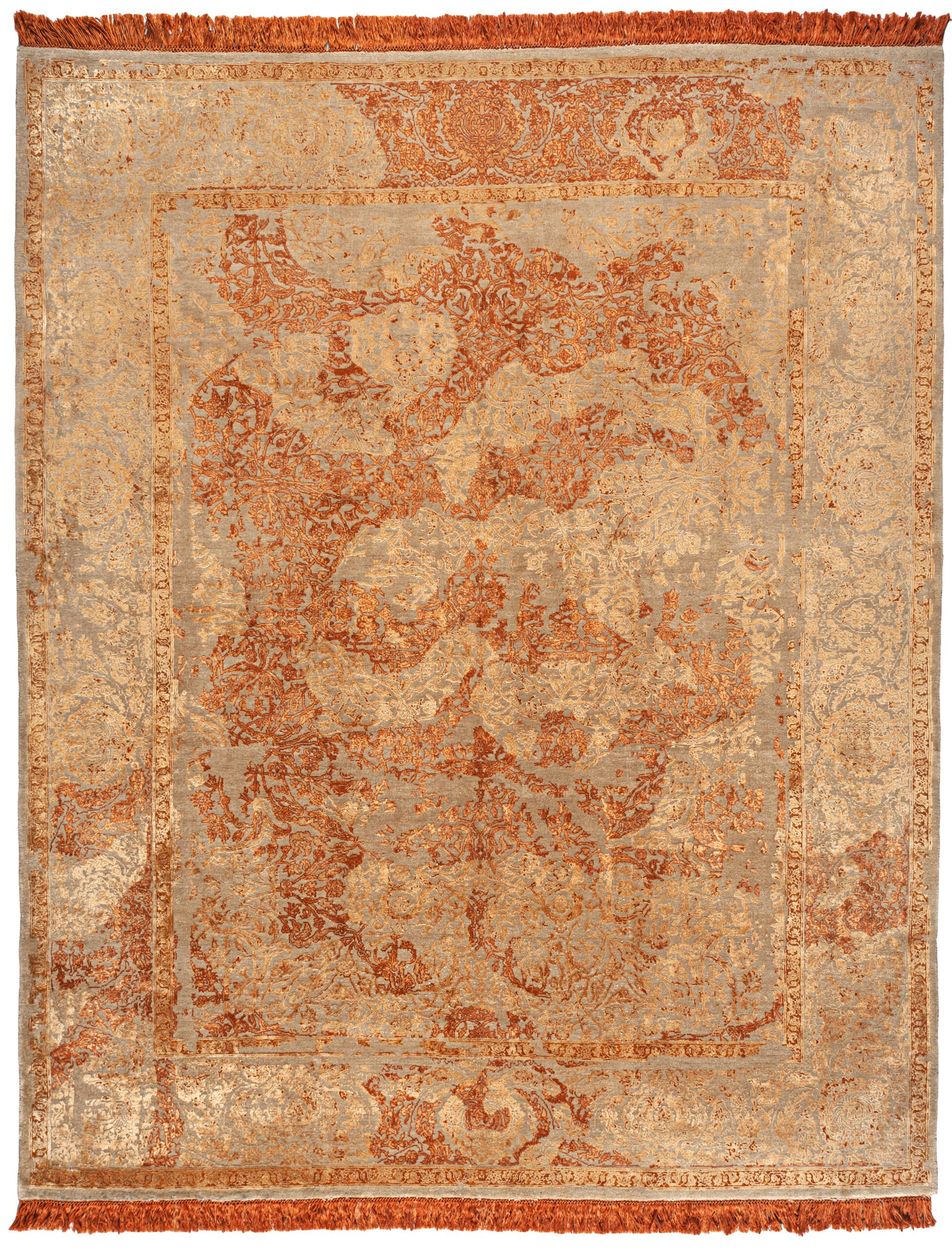

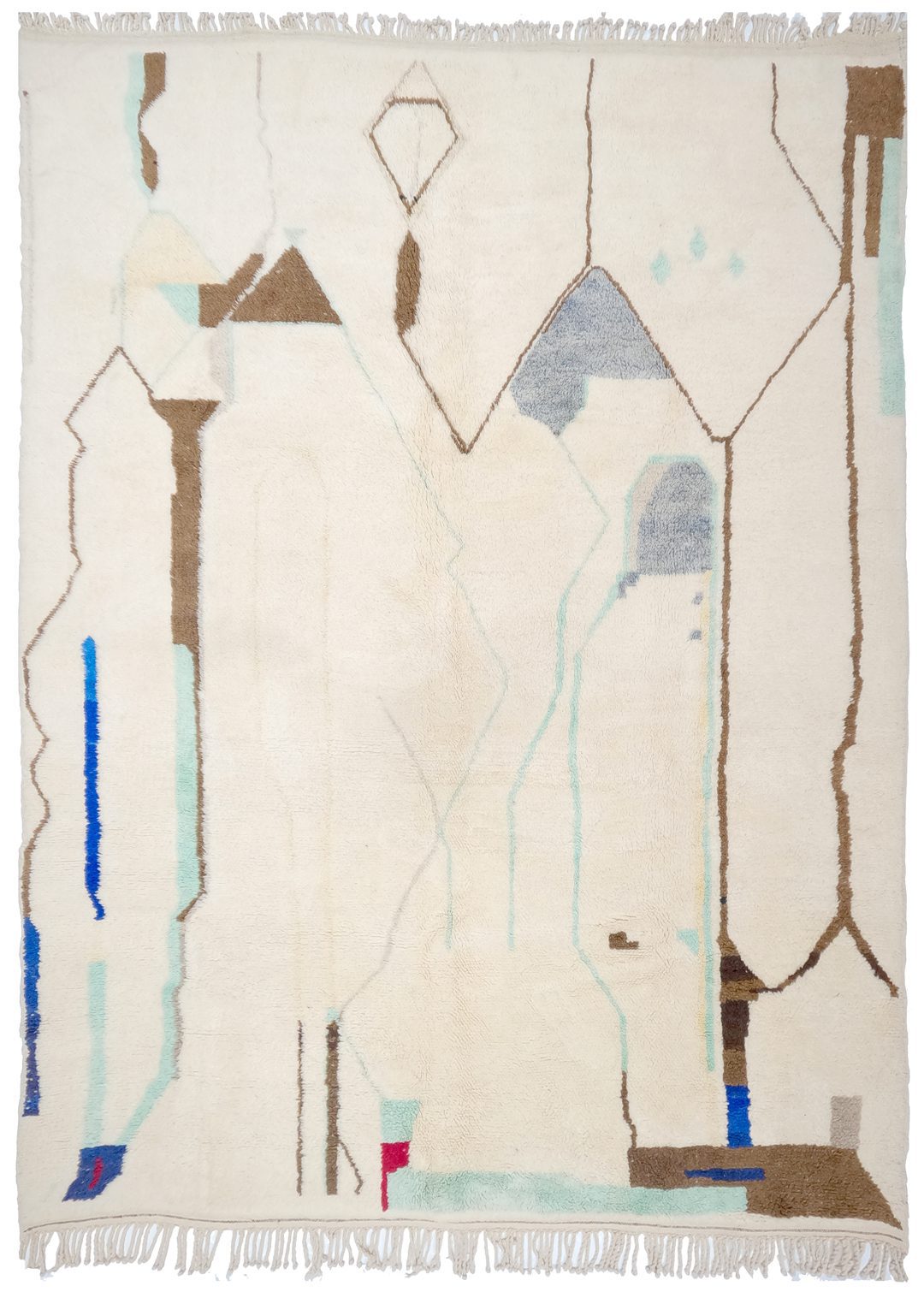
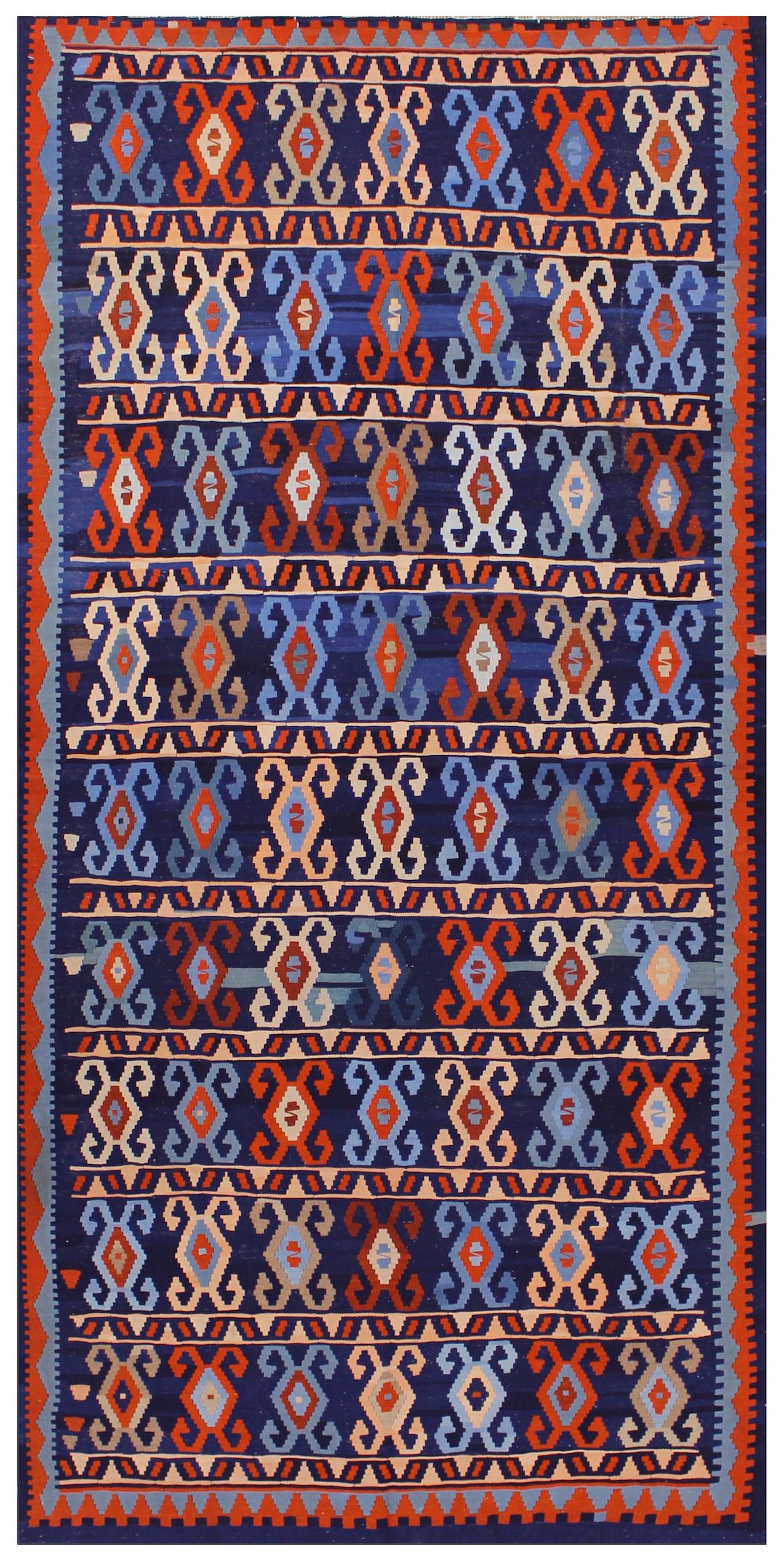
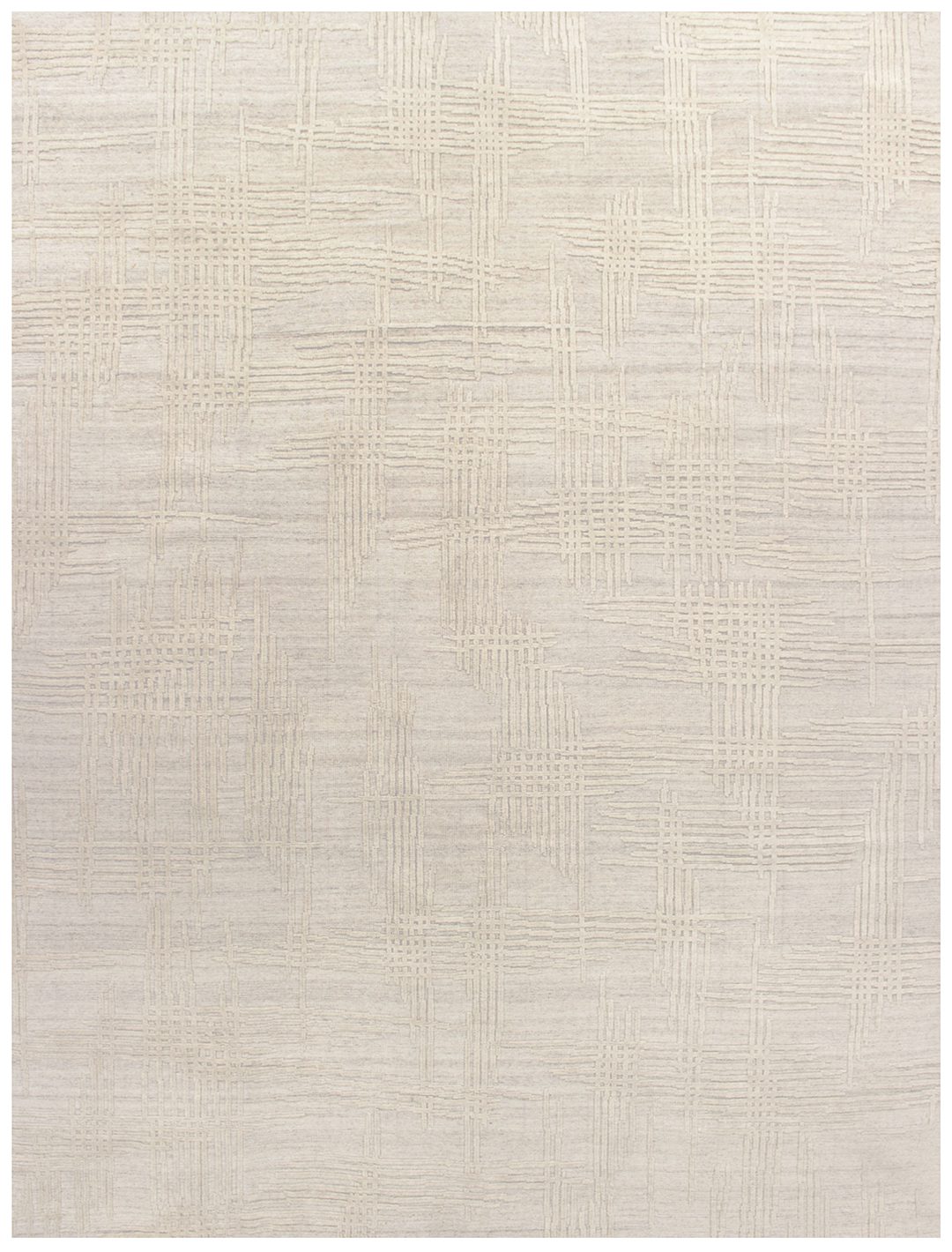
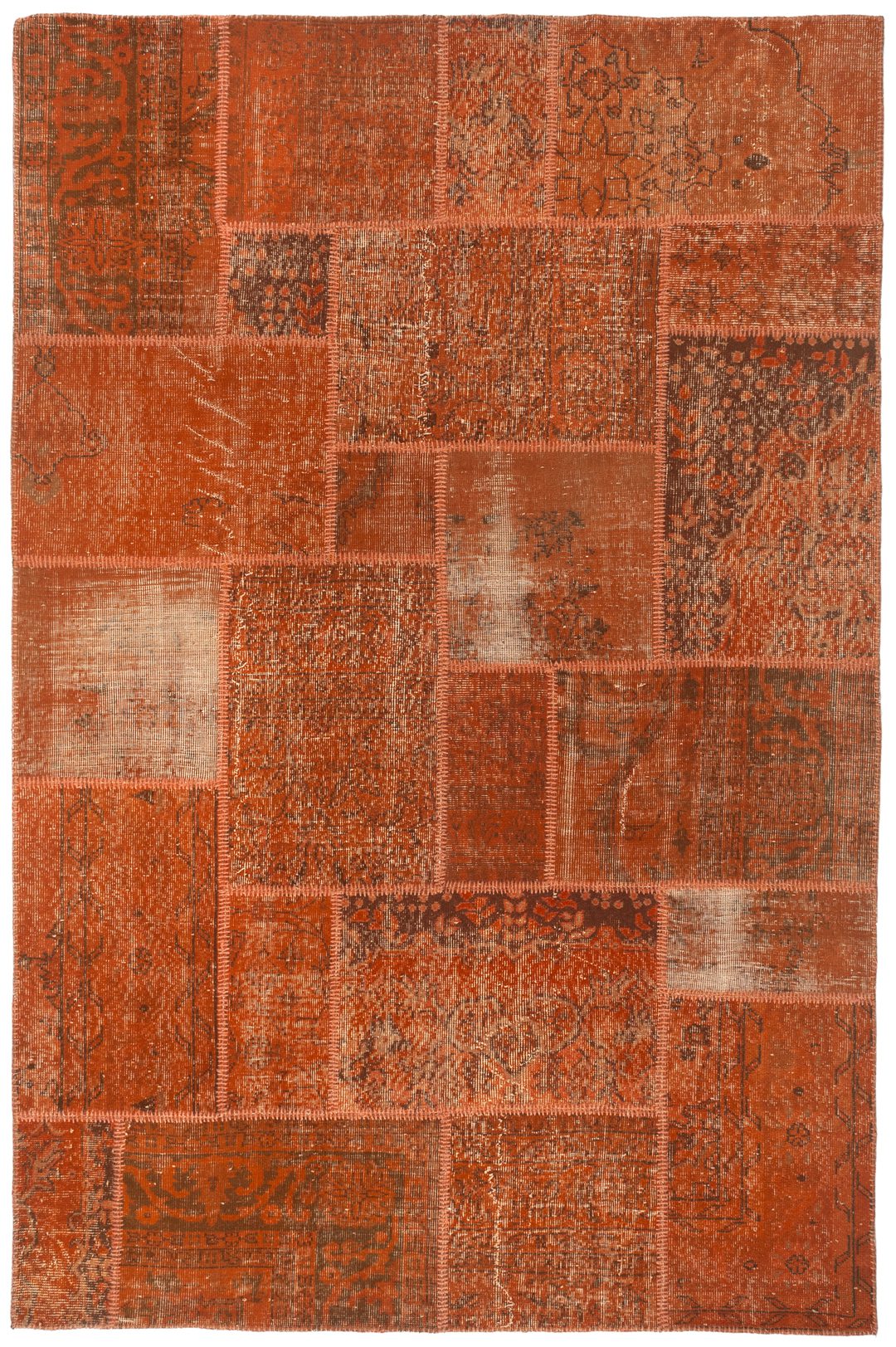
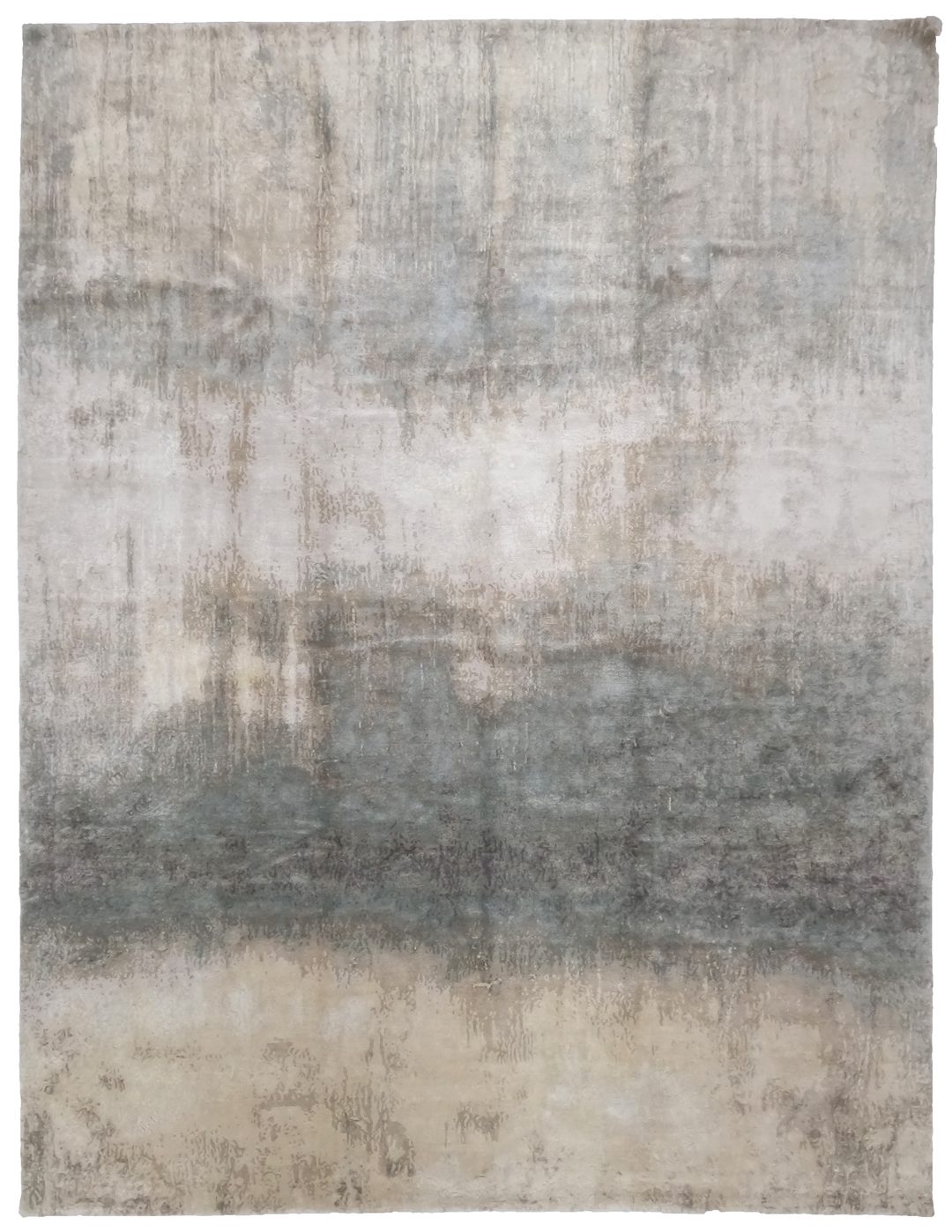
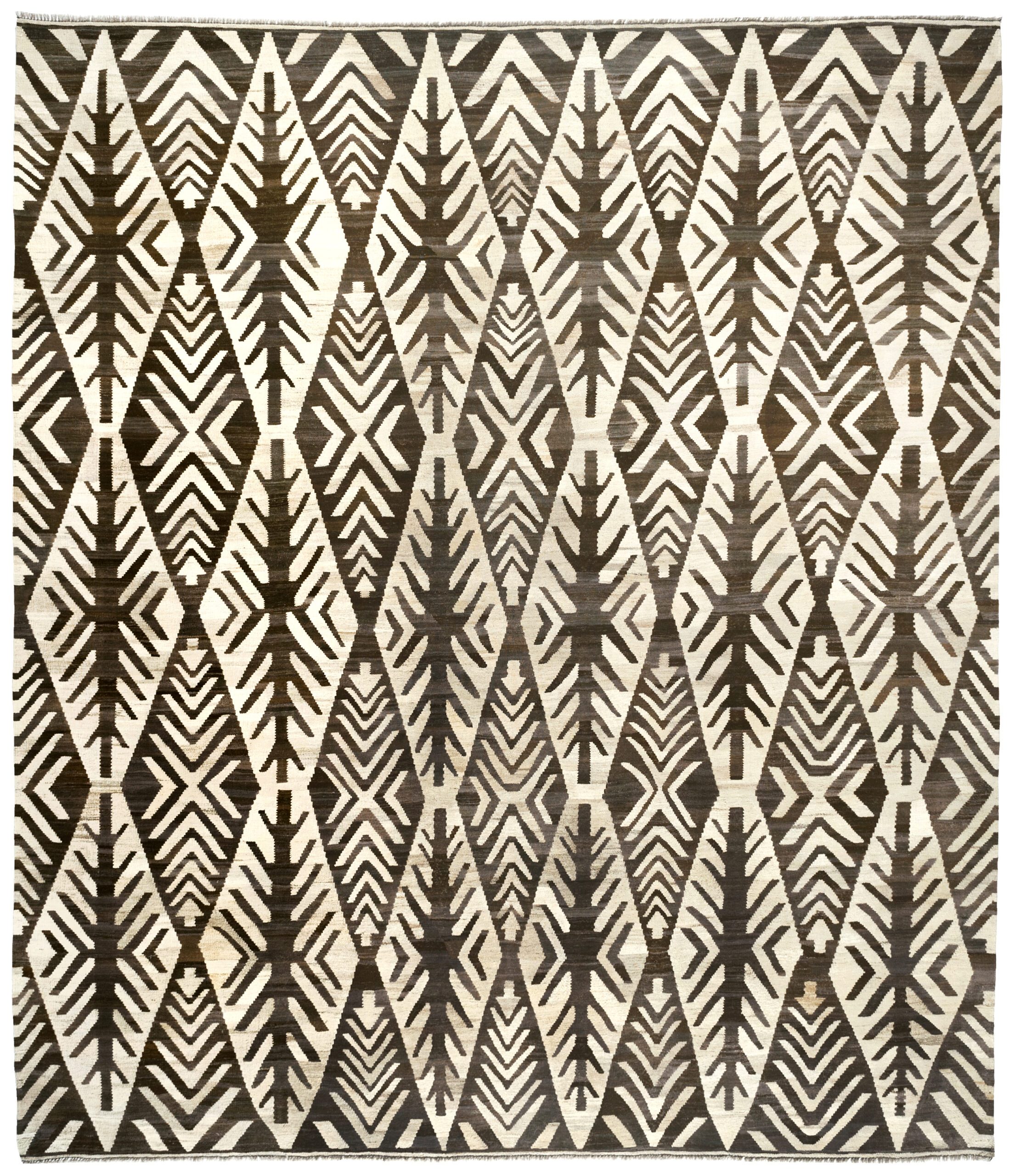
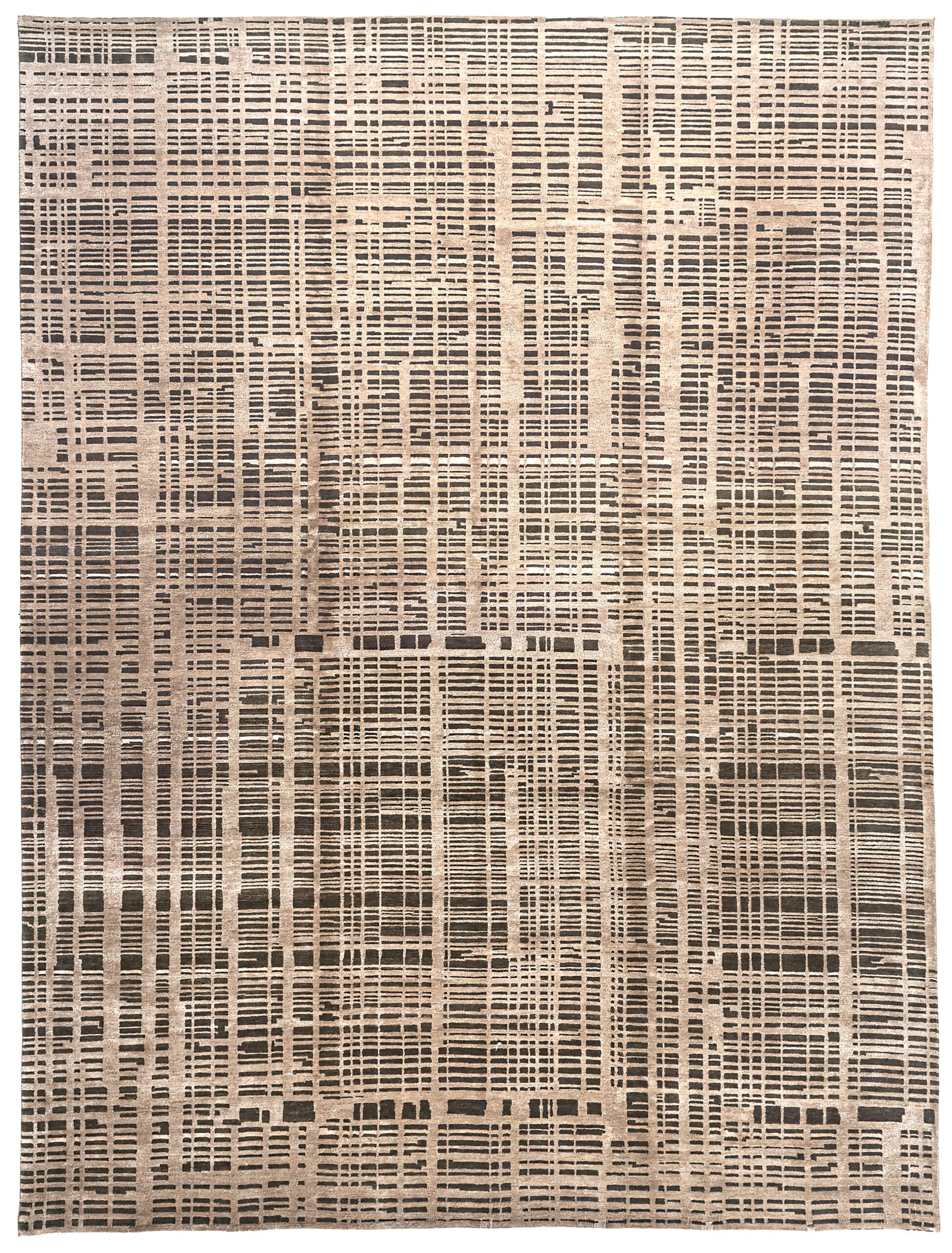

Pingback: Rugs & The Environment: Designing Sustainably - James Royce